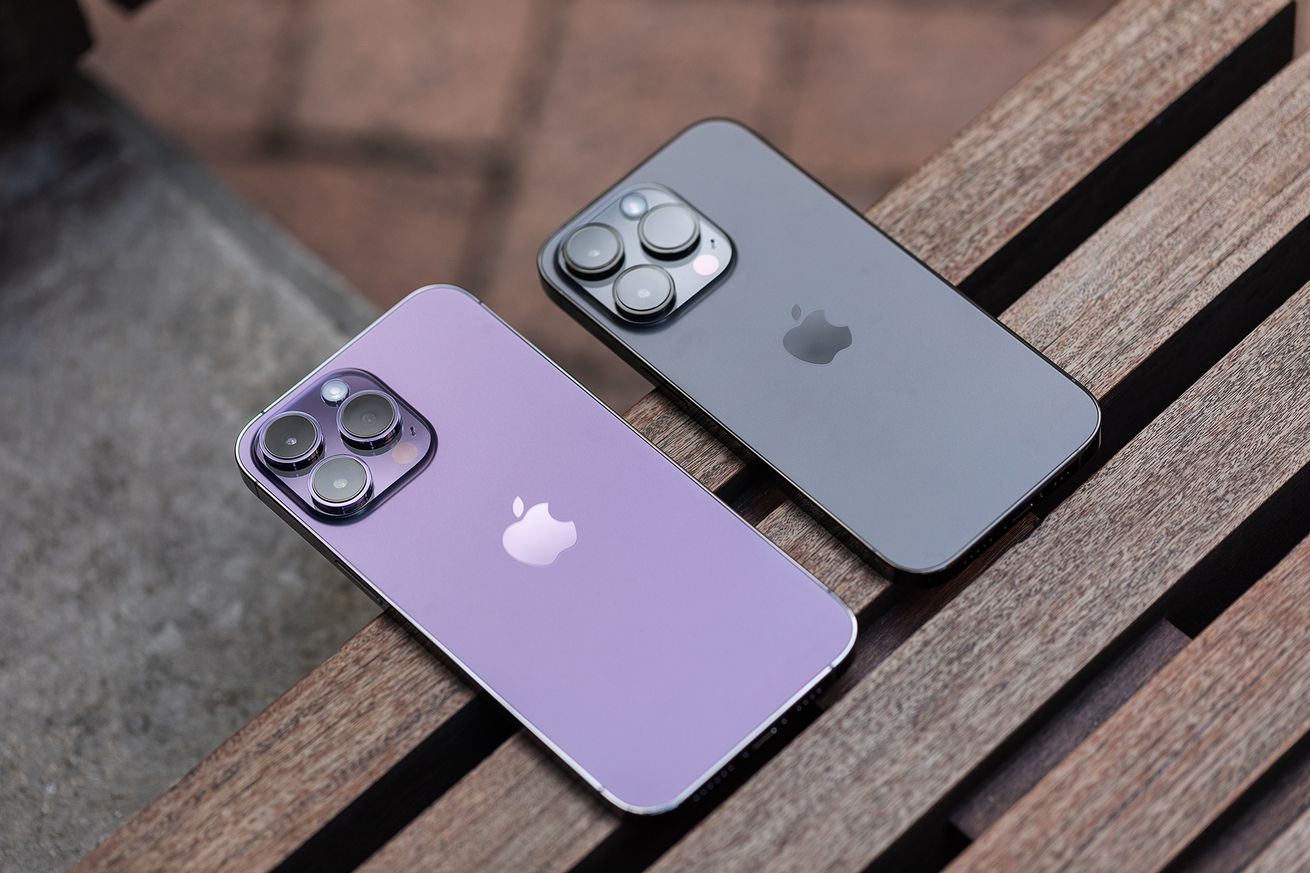
Apple reported its Q1 2023 earnings this afternoon. During the holiday quarter, the company took in $117.2 billion of revenue, down 5 percent year over year, and earnings per share of $1.88. It was the first such YOY for Apple since before the covid pandemic. Most of the curiosity around this quarter’s numbers was tied to iPhone sales; in early November, Apple warned of “longer wait times” for its flagship iPhone 14 Pro and Pro Max. Both phones were hard to come by during the height of the holiday shopping season, though stock has since leveled out.
But the supply issues, combined with consumers being extra mindful of spending amid an uncertain economic outlook, led to an 8 percent drop in iPhone revenue. “As we all continue to navigate a challenging environment, we are proud to have our best lineup of products and services ever, and as always, we remain focused on the long term and are leading with our values in everything we do,” CEO Tim Cook said in Apple’s earnings press release.
The iPhone 14 Pro / Pro Max delays were related to strict restrictions affecting Foxconn, the China-based factory Apple uses to assemble iPhones. Workers clashed with police during protests in the weeks that followed, with employees angry over delayed payments and deteriorating working conditions that stemmed from covid containment measures.
Apple also predicted that Mac sales would “decline substantially” compared to the year-ago quarter. And they sure did, dropping by 29 percent. The company introduced completely redesigned MacBook Pros in October 2021 that drew rave reviews and created buzz throughout the laptop industry. This spurred excitement and sales well beyond the Mac’s typical performance. By comparison, the holiday 2022 lineup was already well established — and the M2 MacBook Air and Mac Studio had already been on the market for a few months.
Apple’s Q1 fiscal quarter did see the introduction of new iPad models, however. The revamped entry-level iPad now has a design that takes after the iPad Pro and iPad Air. The Pro tablets also got a spec bump up to the M2 chip and added a new “hover” feature for the Apple Pencil. iPad revenue was up by 30 percent, signaling that the new models were well received. Wearables (a segment that includes the Apple Watch and AirPods) fell by 8 percent, however.
“During the December quarter, we achieved a major milestone and are excited to report that we now have more than 2 billion active devices as part of our growing installed base,” Cook said. Revenue for Apple’s all-important services division also rose 6 percent. On the software side, Apple rolled out its Emergency SOS via satellite feature for the iPhone 14 lineup in November. And macOS Ventura was released in late October with some useful features like Continuity Camera — though the overhauled settings interface hasn’t gone over well with all users.
Apple is widely expected to introduce a virtual reality headset sometime this spring. The device, rumored to be called Reality Pro, will mark Apple’s debut in a new product category that has been dominated by Meta to this point. There’s a lot riding on the headset after years of development and frequent rumors. Looking further out, the iPhone 15 Pro line is expected to switch over to USB-C, and Apple could finally bow to regulatory pressure and permit third-party app stores on iOS beginning with iOS 17 this fall.

Aucun commentaire:
Enregistrer un commentaire